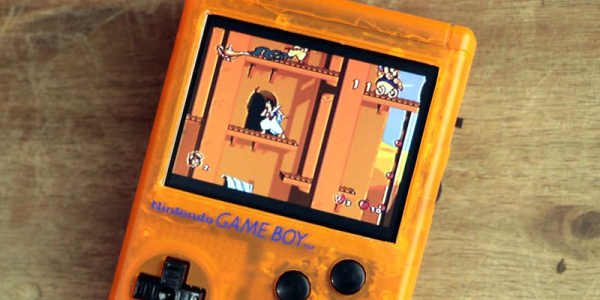[inches] wanted the power of a Raspberry Pi 3 in a form factor closer to the Pi Zero for a Game Boy mod. This led him to design a custom PCB to interface with one of the less popular items in the Raspberry Pi line: the Compute Module 3. A hardware comparison between the three platforms is available here.
After correcting some minor issues, it booted correctly on the first try. The final result is slightly larger than a Raspberry Pi Zero, but significantly smaller than the Raspberry Pi 3, and fits perfectly inside the Game Boy for a clean build.
The Raspberry Pi Zero remains difficult to source in some parts of the world and can cost nearly as much as the more powerful CM3 (e.g. in Southeast Asia). If you’re comfortable making a breakout board and benefit from the added computing power, it’s a reasonable option when it needs to be small.
Worth noting is that the Raspberry Pi Foundation does sell an open-source development kit for the CM3 that has been used in some projects, but the retail cost is relatively high compared to a Raspberry Pi 3. Smaller but less feature-rich breakout boards like the one by [inches] make the CM3 more accessible.
Thanks to [Lou Hannoe] for the tip.

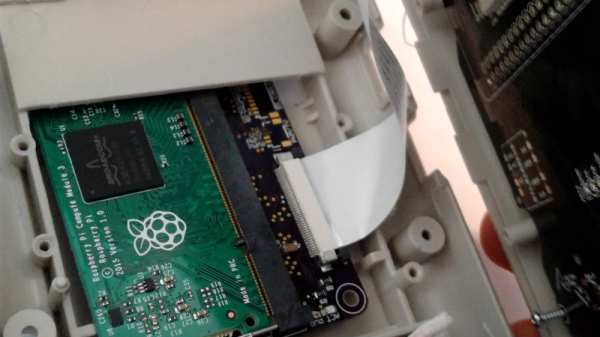






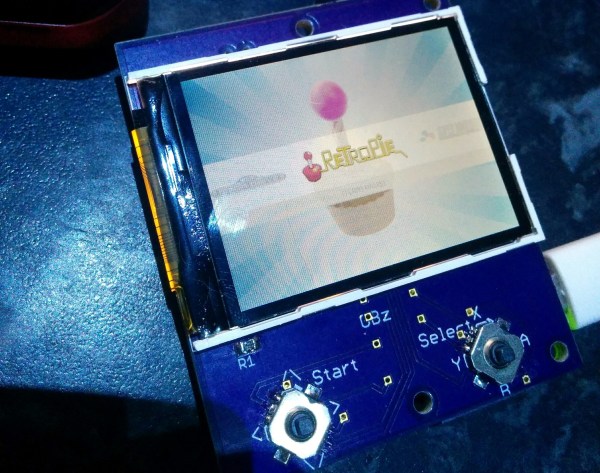
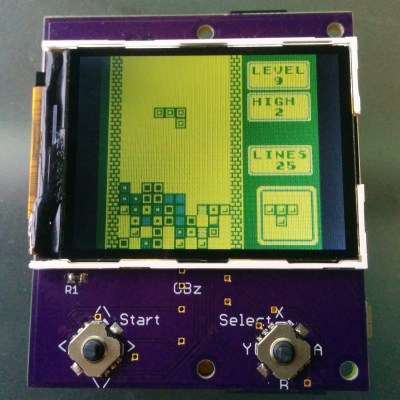 This build is based on the Pi Zero and a 2.2″ (0.56 dm) ili9341 TFT display. This display has a resolution of 240×320 pixels, which is close enough to the resolution of the systems the Pi Zero can emulate. The Pi Zero and display are attached to a beautiful purple breakout board (
This build is based on the Pi Zero and a 2.2″ (0.56 dm) ili9341 TFT display. This display has a resolution of 240×320 pixels, which is close enough to the resolution of the systems the Pi Zero can emulate. The Pi Zero and display are attached to a beautiful purple breakout board (
![[Roland]'s face captured with the Game Boy Camera (left), and turned into a photorealistic image (right)](https://hackaday.com/wp-content/uploads/2017/02/output.png?w=400)
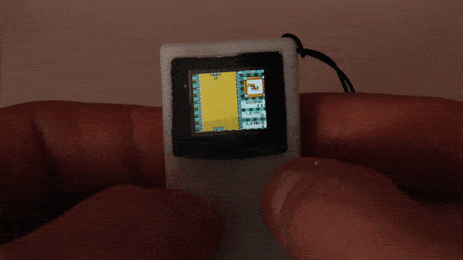
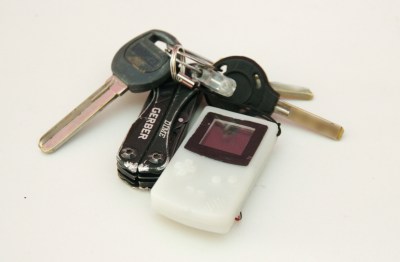 I’m sure that many of you have fond memories of your first handheld games. This will be Game Boy for most, and we admit they had fairly decent portability and battery life that puts many smart phones to shame. Despite this, Sprite_TM always dreamed of an eminently more portable version and to his adolescent delight he discovered a key chain version of the Game Boy. Unfortunately, he was duped. The keychain looked like a Game Boy but only functioned as a clock.
I’m sure that many of you have fond memories of your first handheld games. This will be Game Boy for most, and we admit they had fairly decent portability and battery life that puts many smart phones to shame. Despite this, Sprite_TM always dreamed of an eminently more portable version and to his adolescent delight he discovered a key chain version of the Game Boy. Unfortunately, he was duped. The keychain looked like a Game Boy but only functioned as a clock.